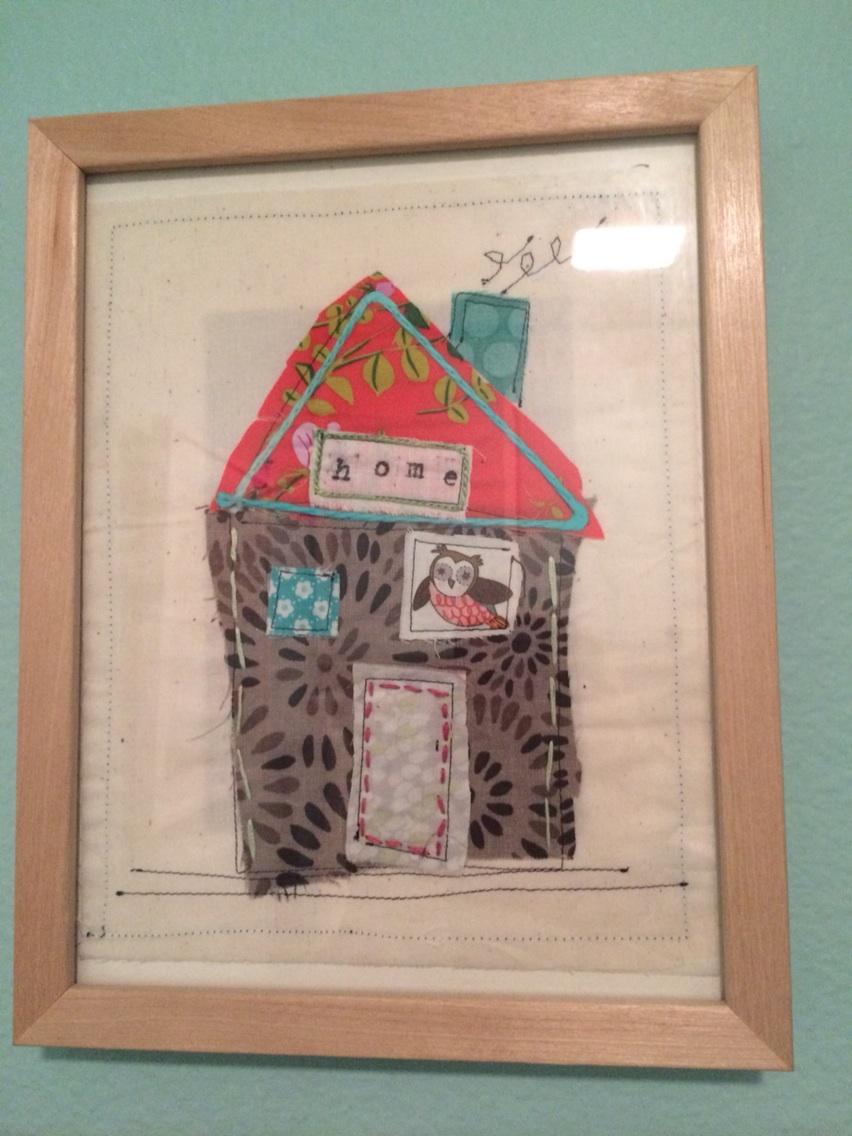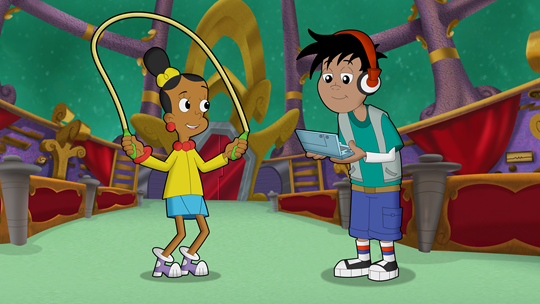
The Power of Positive Reinforcement in Kids
Image courtesy of Flickr
The Power of Positive Reinforcement in Kids
As parents, we want to raise thoughtful and caring kids who make good decisions. One way to do this quite effectively is by using positive reinforcement as often as possible. In most cases, praising kids for their positive behavior will help them to feel good about what they just did, which in turn increases the likelihood of them continuing to do it, Livestrong notes. A basic example of this is a child who remembers to feed and water his pet; if his mom tells him how proud she is of his responsible pet owner skills, her son will feel pretty darn good about what he did and will probably continue to do it.
The benefits of positive reinforcement
In addition to encouraging kids to continue to do the right thing, positive reinforcement has many other benefits. As EverydayLife notes, it’s also a terrific way to boost their self-esteem. Kids who are told their actions and decisions are terrific will learn to feel good about themselves and develop a sense of self-confidence.
In addition, praising your kids will help to encourage them to do the right thing. For example, if you punish your daughter for not sharing her computer games by taking her beloved games away for three days, it will probably not motivate her to share. If it does, it might be because she wants to avoid getting punished again. On the other hand, if she is playing online games and you hear her telling her younger brother that it’s his turn to play for awhile, praising your daughter for her nice actions will inspire her to continue doing them.
How to incorporate positive reinforcement in the home
While we might think that saying “hey, great job honey!” is the classic form of positive reinforcement, there are a variety of other ways we can encourage our kiddos to make good decisions. As The Perfect Playground notes, you can reward your child with a special goodie or privilege—this can be especially effective when kids overcome a particular challenge, like improving their grade in math or remembering to turn in their homework at school. For example, if your numbers-challenged son gets a B+ on his math test, take him out to ice cream or allow him to stay up a little later that night. Even the simple act of displaying a drawing or test on the refrigerator is an effective form of positive reinforcement; by doing so, you are showing them that you are proud of their work and want the whole family and any visitors to the home to see it. A warm hug is also a great way to reward your child for doing something positive.
A few words about motivation
In order to use positive reinforcement effectively, you have to really understand what makes your kid tick. While some kids glow with pride when you tell them “great job honey, I knew you could do it,” others might be better motivated by a tangible reward like a new Hot Wheel or box of crayons. While some kids would love to have an extra dollar added to their allowance for playing nicely with their siblings, younger kids might not care about monetary bonuses. Consider the ages and personalities of your kids, and discover what truly motivates them—this will help you to use positive reinforcement in the most effective way possible.
0What are some things you do to reinforce good behaviors and actions?




